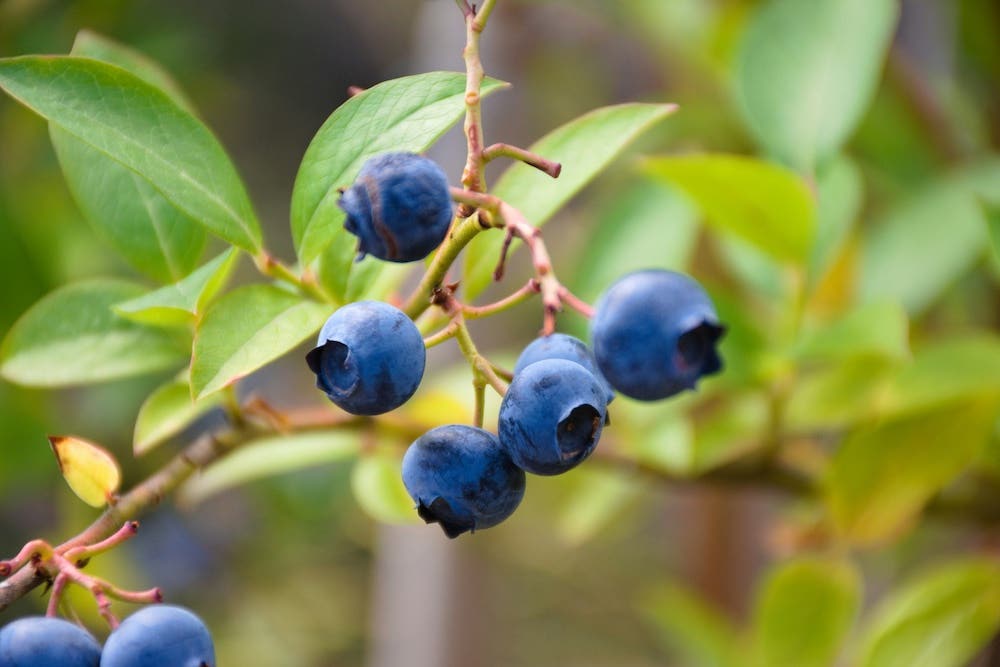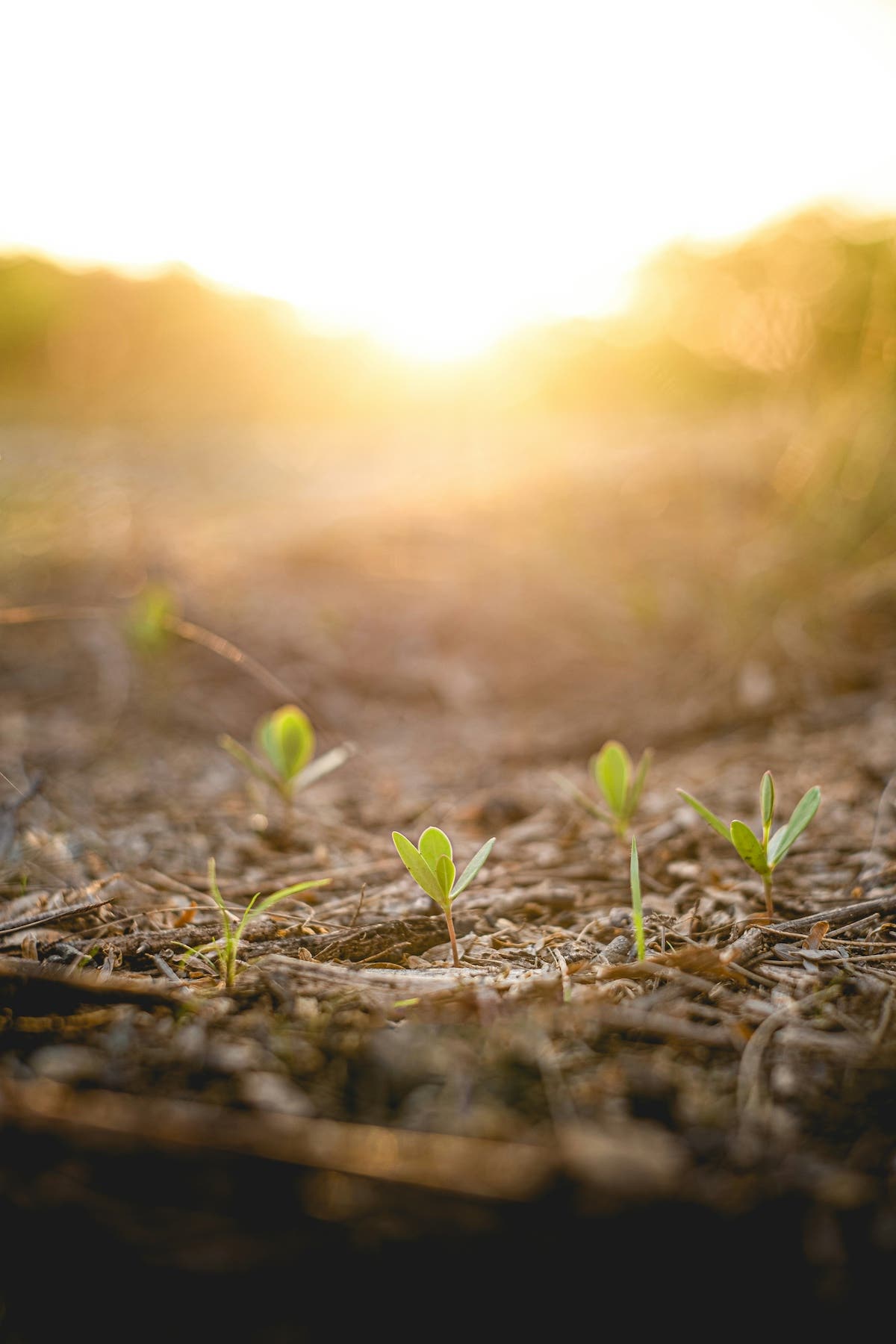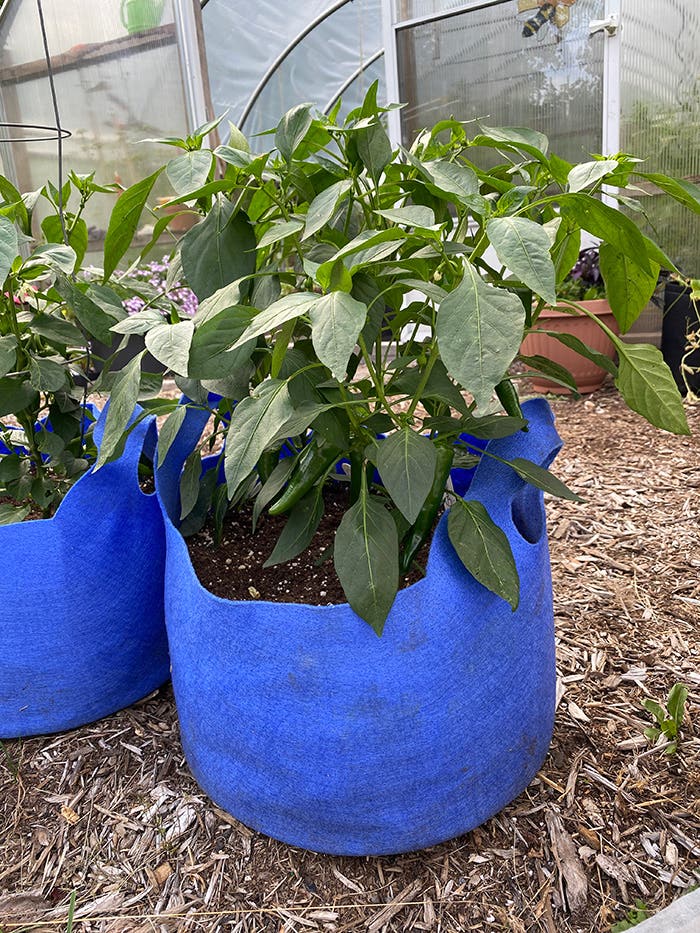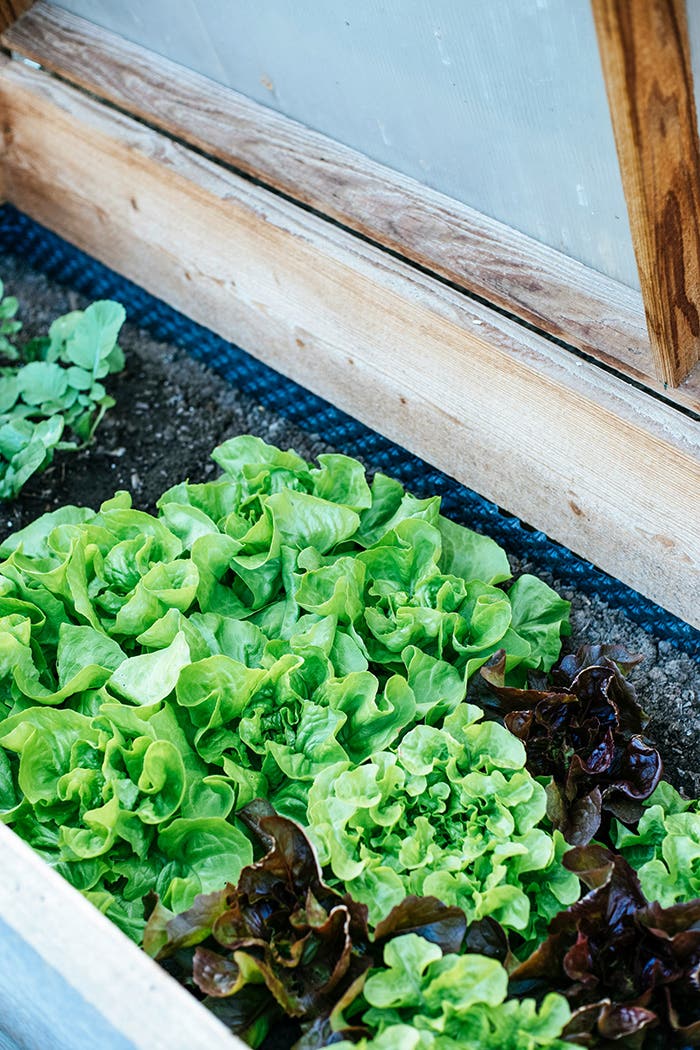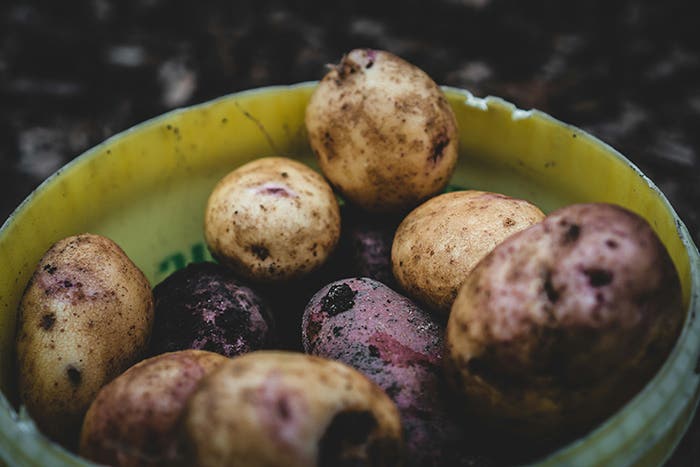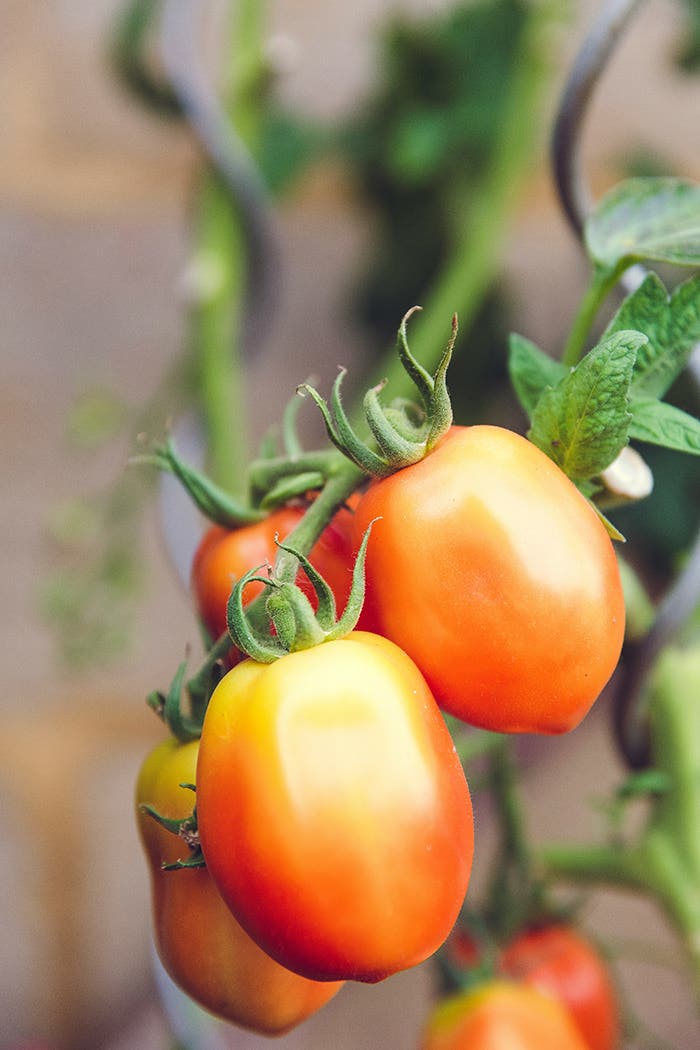Cilantro is an herb that plays a key role in diverse recipes. Some people hate cilantro, but those who love it find use for it in rice dishes, curries, marinades, soups, dressings and more.
For the gardener, cilantro can be tricky to grow. It prefers the cool weather of spring or fall and if temperatures rise too quickly, the plants will bolt and leaf production will halt.
Now, bolted cilantro isn’t all bad; the lacy blooms attract beneficial insects and pollinators, and the hard, round seeds—known as coriander—are also useful in the kitchen. For the longest harvest of the fresh, pungent foliage, you can plant fresh cilantro seed every few weeks, but cilantro-loving gardeners may also wish to consider a few cilantro substitutes, like papalo and Vietnamese coriander.
Papalo (Porophyllum ruderale subsp. macrocephalum) is a Mexican herb with a strong cilantro-like flavor. I grow it in my garden beds and containers and use the chopped leaves in tomato salsa, salsa verde and atop tacos and nachos. The plants are very attractive, growing three to four feet tall, with gently scalloped, blue-green leaves. I doubt you’ll be able to source this herb at your local garden center, so you’ll need to start seeds indoors in early spring. Once the plants are ready to be moved to the garden, choose a sunny, warm spot and work some compost into the soil.
Vietnamese coriander (Persicaria odorata) is an easy-to-grow plant that’s also called rau ram. It has a strong cilantro taste and attractive narrow leaves. Each leaf has unique burgundy markings, making this a decorative as well as useful addition to the herb garden. I like to grow it in pots on my sunny deck; it’s related to knotweed and quickly fills a container. Unlike papalo, Vietnamese coriander is usually sourced as a plant and not grown from seed. Look for sturdy seedlings at your local garden center and give them plenty of sun. Avoid overwatering and overfertilizing—too much kindness will dilute the flavor.
Image credits: Papalo by Nikki Jabbour; Vietnamese coriander by mrpbps/CC BY 2.0


